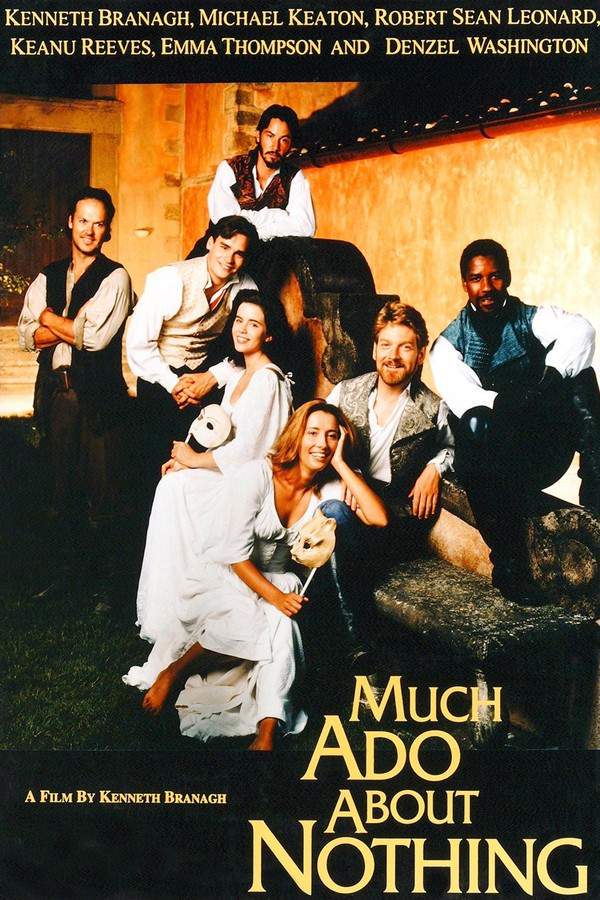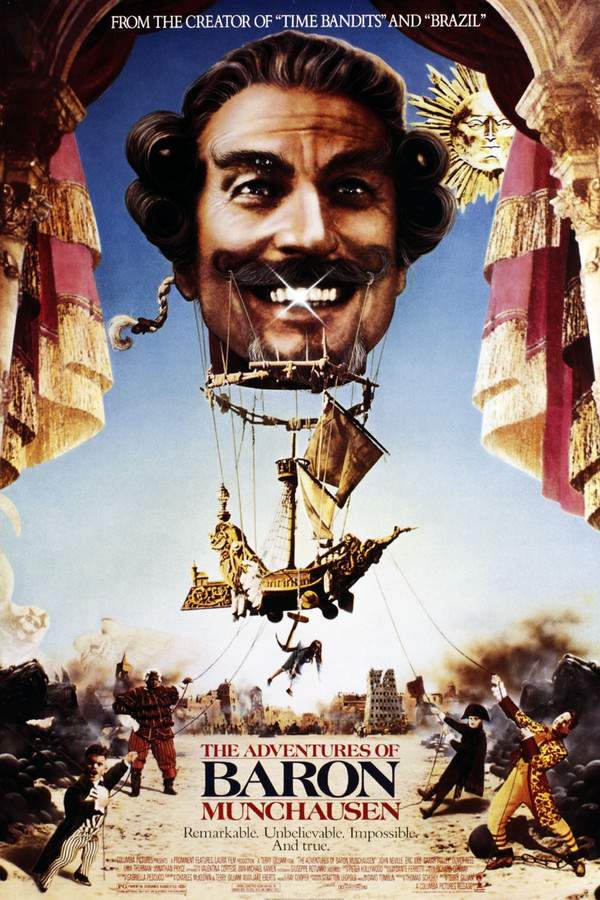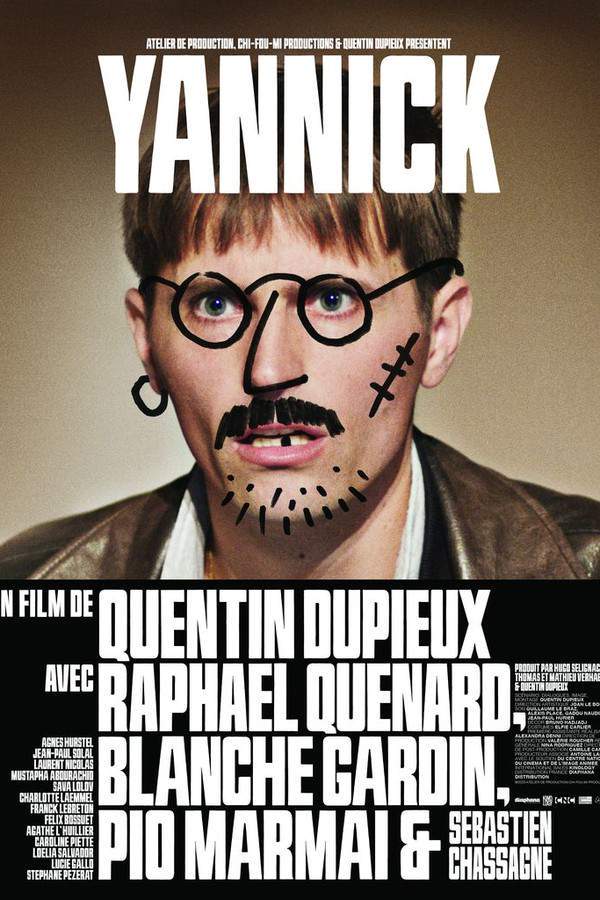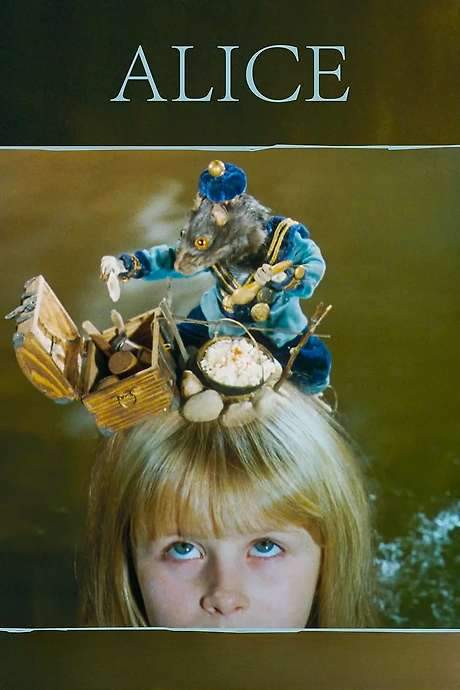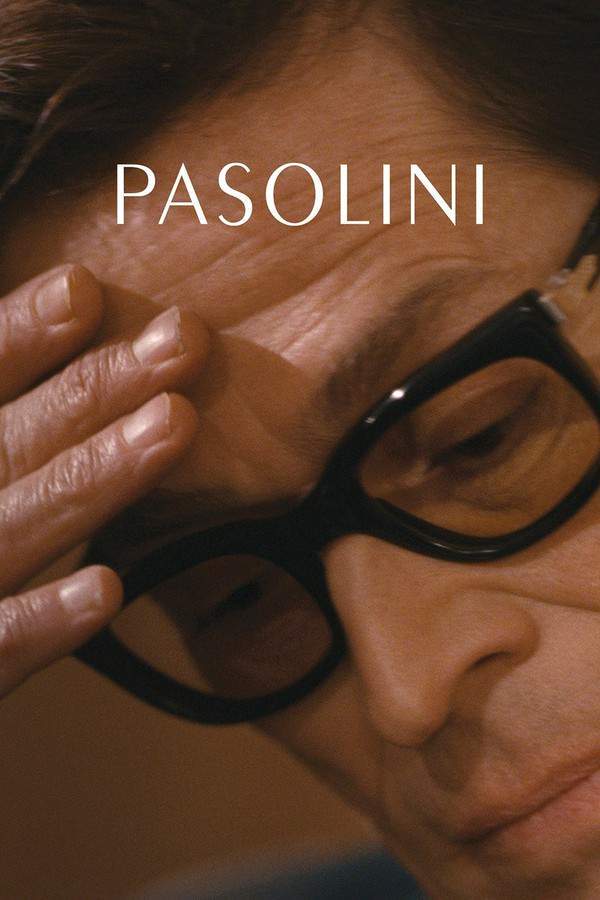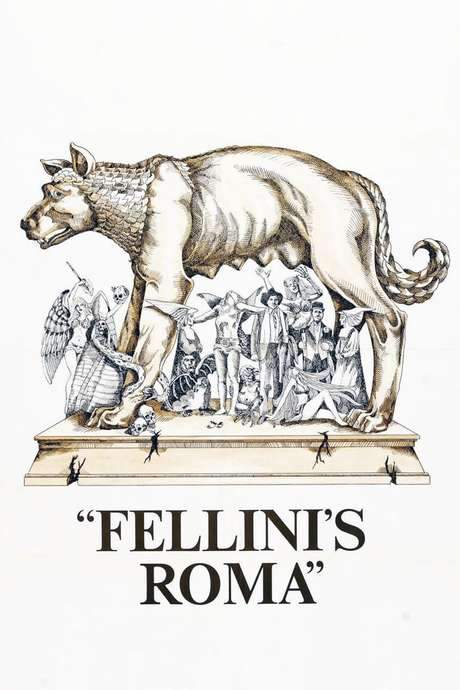
The Decameron
Year: 1971
Runtime: 111 mins
Language: Italian
Pasolini’s The Decameron brims with ribald humor and earthy sensuality, recounting a series of bawdy medieval tales. A swindled Sicilian ends up rich, a fake deaf‑mute infiltrates a convent, a wife hides her lover, a dying priest is duped, brothers take revenge on a sister’s lover, a girl meets her boyfriend on a roof at night, painters wait for inspiration, a crafty priest tries to seduce a friend’s wife, and two friends make a pact to discover what lies beyond death.
Warning: spoilers below!
Haven’t seen The Decameron yet? This summary contains major spoilers. Bookmark the page, watch the movie, and come back for the full breakdown. If you're ready, scroll on and relive the story!
The Decameron (1971) – Full Plot Summary & Ending Explained
Read the complete plot breakdown of The Decameron (1971), including all key story events, major twists, and the ending explained in detail. Discover what really happened—and what it all means.
Pasolini’s Neapolitan-dialect tapestry reimagines Giovanni Boccaccio’s Decameron as a cinematic mosaic, directed by Pier Paolo Pasolini and framed by the tellings of a Giotto’s-pupil narrator who travels to Naples to paint a mural. The film opens with a Neapolitan ballad playing over the credits, inviting the viewer into a sequence of loosely connected tales that ebb and flow from comedy to bawdy and from moral parable to sly trickery. The structure is as much about mood and setting as it is about plot, and the through-line is the human compass—desire, cunning, luck, and the small cruelties of everyday life in a vibrant city.
Andreuccio of Perugia, [Ninetto Davoli], arrives in Naples on a horse-buying mission, only to become the target of a wealthy woman’s shrewd ploy. She feigns kinship, invites him to supper, and lures him toward a bed where he leaves money and clothes, only to slip into a trap door that dumps him into a trough of filth. After a harrowing escape, he becomes entangled with two tomb-robbers who aim to steal from the Archbishop’s tomb. Andreuccio’s wit surfaces in a dangerous game of deception: he retrieves a ring from the tomb and pretends his search is fruitless, then, as another robbery unfolds, he hides and strikes back when a lead robber taunts his courage. The robber is bitten, the other assailants flee, and Andreuccio emerges with a newfound fortune and a story of improbable luck that will echo throughout Naples.
Across town, the tale of Ciappelletto—[Franco Citti]—unfolds in a stark, humorous, and morally ambiguous fashion. In a convent, a nun’s affair is exposed, the Mother Superior’s own complicity becomes a punch line, and Ciappelletto, a thief and schemer, slides money to a young helper in exchange for sexual favors. The story intensifies as the crowd is drawn into his act of social theater, while Ciappelletto himself moves through a city of spectators with practiced feints and a sharpened sense for who’ll believe what.
Masetto da Lamporecchio, [Vincenzo Amato], is pressed into service at a convent filled with beautiful women after pretending to be deaf and dumb to avoid suspicion. The sisters, initially curious, find themselves drawn to the seemingly mute gardener, and one by one they seek his silence in a cycle of longing and exposure. As the convent fills with a chorus of whispers and desire, Masetto’s ruse becomes a fragile balance between silence and revelation, until the abbess insists on a miraculous cure that would justify keeping a young man in residence.
Peronella, [Angela Luce], winds a clever cuckold plot with her dimwitted husband Giannello. While he pretends to be at work, Peronella hosts her lover in a pot, then uses a heap of theatrical misdirection to convince her husband that the pot contains a buyer—an exchange that requires careful timing as the lovers resume their affair and the husband remains blissfully unaware, teased by the ruse as other scenes of family life continue around them. The scene plays with intimate detail and social embarrassment, delivering light comedy through domestic misdirection.
In the fourth episode, Ser Ciappelletto’s long, wily shadow again moves through Prato and beyond. A Neapolitan merchant-turned-fraudster, Ciappelletto spins a pattern of self-promotion that captivates a monk, who then blesses a reputation built on a string of lies. The tale ends with the monk delivering a sermon praising a saint he never truly knew, and Ciappelletto’s plan succeeds by cunningly shaping the perceptions of those who visit his dying bed. The character remains a study in how reputation can be crafted from misinformation and desire to appear unblemished.
A brief intermission interrupts the main arc with Giotto’s pupil and his companion as they arrive to paint the Basilica of Santa Chiara. This interlude, while short, acts as a bridge to the next set of tales, hinting at the source of the film’s framing device and foreshadowing the visual inspiration that knits the episodes together.
Caterina di Valbona and Riccardo unfold in a romance that crosses social boundaries. Caterina, [Elisabetta Genovese], falls for Riccardo and the two retreat to a makeshift terrace bed for a night of secrecy. When dawn comes, Caterina’s father discovers the couple sleeping naked, the mother’s confusion erupts, and the father faces a choice: deny the match or secure it with a dowry. The father’s solution—arranging a marriage—leads to a wedding on the spot, with the couple embracing their fate as the household’s fortunes shift in a single afternoon.
Elizabeth of Messina and Lorenzo the Sicilian center on a jealous family and a secret tragedy. Elizabeth’s brothers, furious at the romance, lure Lorenzo to a private garden where he is killed and buried. Elizabeth, tormented by grief, discovers Lorenzo’s body and, in a haunting gesture, removes his head and places it within a pot of basil, tending to it as an unseen, living memorial. The tale blends gothic mood with a sharp calculus of power, kin, and the costs of keeping love in a world that conspires to sever it.
Gemmata, with [Mirella Catanesi] in the role, brings a farce of enchantment and deception into a shared domestic space. Don Gianni, a sly opportunist, conjures a mythic ritual designed to open a private life to profit. He provokes Pietro to witness a supposed transformation so Gemmata can be used for work in the fields. The ruse becomes a spectacle of manipulation as Gemmata’s body is described in startling clinical terms, while Gemmata and Pietro confront the ethical boundary of deceit and desire.
Heaven and Hell pairs two Neapolitan men, Meuccio and Tingoccio, as they recount the afterlife and test the boundaries between sacred and profane. Their exchanges blur the lines between sin and salvation, culminating in a dreamlike moment where Meuccio learns that sex, a recurring sin in his life, might not be condemned as mortal in the celestial calculus. The tale toys with belief and consequence, leaving room for doubt, laughter, and moral ambiguity.
The Epilogue returns to the painter’s pupil, who has completed a fresco that narrates the film’s episodes. He marvels at his work and, in a final, pensive moment, asks a question about the nature of art and dreams: Why complete a work when it is so much better just to dream it?
The film closes with the painter’s question echoing through the studio, a quiet meditation on creation, viewer interpretation, and the power of dream to outlast any finished frame.
Last Updated: October 05, 2025 at 11:35
Explore Movie Threads
Discover curated groups of movies connected by mood, themes, and story style. Browse collections built around emotion, atmosphere, and narrative focus to easily find films that match what you feel like watching right now.
Ribald Medieval Comedies like The Decameron
Bawdy, earthy stories of human desire and folly set in the past.If you enjoyed the earthy humor and medieval setting of The Decameron, you'll find more movies like it here. This collection features similar historical comedies and satirical tales that explore human desire and social folly with a playful, ribald touch.
Narrative Summary
Stories in this thread are often episodic or structured around interconnected tales of trickery, seduction, and social satire. Characters are frequently cunning commoners or corrupt figures of authority, and the plots revolve around outwitting systems or indulging base desires, leading to comedic and often morally ambiguous conclusions.
Why These Movies?
These films are grouped by their shared setting in a historical past used for satire, their lighthearted and sensual tone, and their focus on the humorous aspects of human nature. They prioritize playful entertainment over historical accuracy, creating a cohesive vibe of irreverent fun.
Playful Anthology Movies like The Decameron
Films that weave together multiple tales with a mix of humor and reflection.Fans of the mosaic structure of The Decameron will enjoy these other anthology films. Discover movies with similar variable pacing, where multiple stories are woven together to create a playful and meditative exploration of a central theme.
Narrative Summary
The narrative pattern is defined by its structure: a series of vignettes or short stories. While individual tales may have their own arcs, the film's overall journey is about the cumulative effect and the thematic links between them. The pacing is naturally variable, and the ending often feels contemplative or ambiguous, reflecting on the act of storytelling itself.
Why These Movies?
These movies are united by their anthology format, which creates a distinct viewing experience of shifting perspectives and tones. They share a moderate complexity and a vibe that balances playful entertainment with deeper, sometimes dreamlike, reflection.
Unlock the Full Story of The Decameron
Don't stop at just watching — explore The Decameron in full detail. From the complete plot summary and scene-by-scene timeline to character breakdowns, thematic analysis, and a deep dive into the ending — every page helps you truly understand what The Decameron is all about. Plus, discover what's next after the movie.
The Decameron Timeline
Track the full timeline of The Decameron with every major event arranged chronologically. Perfect for decoding non-linear storytelling, flashbacks, or parallel narratives with a clear scene-by-scene breakdown.

Characters, Settings & Themes in The Decameron
Discover the characters, locations, and core themes that shape The Decameron. Get insights into symbolic elements, setting significance, and deeper narrative meaning — ideal for thematic analysis and movie breakdowns.

The Decameron Spoiler-Free Summary
Get a quick, spoiler-free overview of The Decameron that covers the main plot points and key details without revealing any major twists or spoilers. Perfect for those who want to know what to expect before diving in.

More About The Decameron
Visit What's After the Movie to explore more about The Decameron: box office results, cast and crew info, production details, post-credit scenes, and external links — all in one place for movie fans and researchers.

Similar Movies to The Decameron
Discover movies like The Decameron that share similar genres, themes, and storytelling elements. Whether you’re drawn to the atmosphere, character arcs, or plot structure, these curated recommendations will help you explore more films you’ll love.
Explore More About Movie The Decameron
The Decameron (1971) Scene-by-Scene Movie Timeline
The Decameron (1971) Movie Characters, Themes & Settings
The Decameron (1971) Spoiler-Free Summary & Key Flow
Movies Like The Decameron – Similar Titles You’ll Enjoy
Pasolini (2019) Plot Summary & Ending Explained
Virgin Territory (2007) Full Movie Breakdown
Decameron Nights (1953) Full Summary & Key Details
The Innocent (1976) Full Movie Breakdown
Roma (1972) Complete Plot Breakdown
The Canterbury Tales (1972) Complete Plot Breakdown
The Thousand and One Nights of Boccaccio in Canterbury (1973) Full Movie Breakdown
The Jester’s Supper (1942) Full Movie Breakdown
Nights of Boccaccio (1972) Full Movie Breakdown
Nenè (1977) Film Overview & Timeline
Boccaccio ’70 (1962) Full Movie Breakdown
Ubalda, All Naked and Warm (1972) Complete Plot Breakdown
The Bishop’s Bedroom (1977) Ending Explained & Film Insights
The Decameron (1000) Story Summary & Characters
Fellini’s Casanova (1976) Full Movie Breakdown

